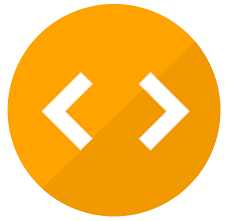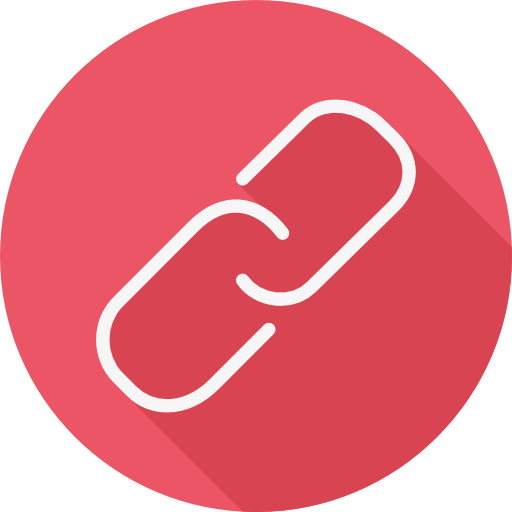Check nearby libraries
Buy this book

This introduction to programming places computer science in the core of a liberal arts education. Unlike other introductory books, it focuses on the program design process. This approach fosters a variety of skills -- critical reading, analytical thinking, creative synthesis, and attention to detail -- that are important for everyone, not just future computer programmers. The book exposes readers to two fundamentally new ideas. First, it presents program design guidelines that show the reader how to analyze a problem statement; how to formulate concise goals; how to make up examples; how to develop an outline of the solution, based on the analysis; how to finish the program; and how to test. Each step produces a well-defined intermediate product. Second, the book comes with a novel programming environment, the first one explicitly designed for beginners. The environment grows with the readers as they master the material in the book until it supports a full-fledged language for the whole spectrum of programming tasks. - Publisher.
Check nearby libraries
Buy this book

Subjects
Electronic data processing, Computer programming, racket, Computer science, Programmation (Informatique), Informatique, Data processing, COMPUTERS, Software Development & Engineering, Systems Analysis & Design, General, Programmierung, Programmatuurtechniek, Computadores, Teoria e técnicas de programação| Edition | Availability |
|---|---|
|
1
How to Design Programs: An Introduction to Programming and Computing
2018, MIT Press
in English
0262344114 9780262344111
|
zzzz
|
|
2
How to Design Programs: An Introduction to Programming and Computing
May 04, 2018, The MIT Press
paperback
- Second Edition
0262534800 9780262534802
|
zzzz
|
| 3 |
zzzz
|
|
4
How to Design Programs: An Introduction to Programming and Computing
2001, MIT Press
in English
0262332868 9780262332866
|
zzzz
|
|
5
How to design programs: an introduction to programming and computing
2001, MIT Press
in English
0262062186 9780262062183
|
zzzz
|
|
6
How to Design Programs: An Introduction to Programming and Computing
2001, MIT Press
in English
058539296X 9780585392967
|
zzzz
|
|
7
How to Design Programs: An Introduction to Programming and Computing
February 12, 2001, The MIT Press
Hardcover
in English
0262062186 9780262062183
|
aaaa
|
Book Details
First Sentence
"Getting Started We learn to compute at a young age."
Table of Contents
The Physical Object
Edition Identifiers
Work Identifiers
Community Reviews (0)
History
- Created April 30, 2008
- 9 revisions
Wikipedia citation
×CloseCopy and paste this code into your Wikipedia page. Need help?
| March 28, 2025 | Edited by ImportBot | Redacting ocaids |
| April 6, 2014 | Edited by ImportBot | Added IA ID. |
| September 14, 2011 | Edited by 158.158.240.230 | Edited without comment. |
| August 12, 2010 | Edited by IdentifierBot | added LibraryThing ID |
| April 30, 2008 | Created by an anonymous user | Imported from amazon.com record |












